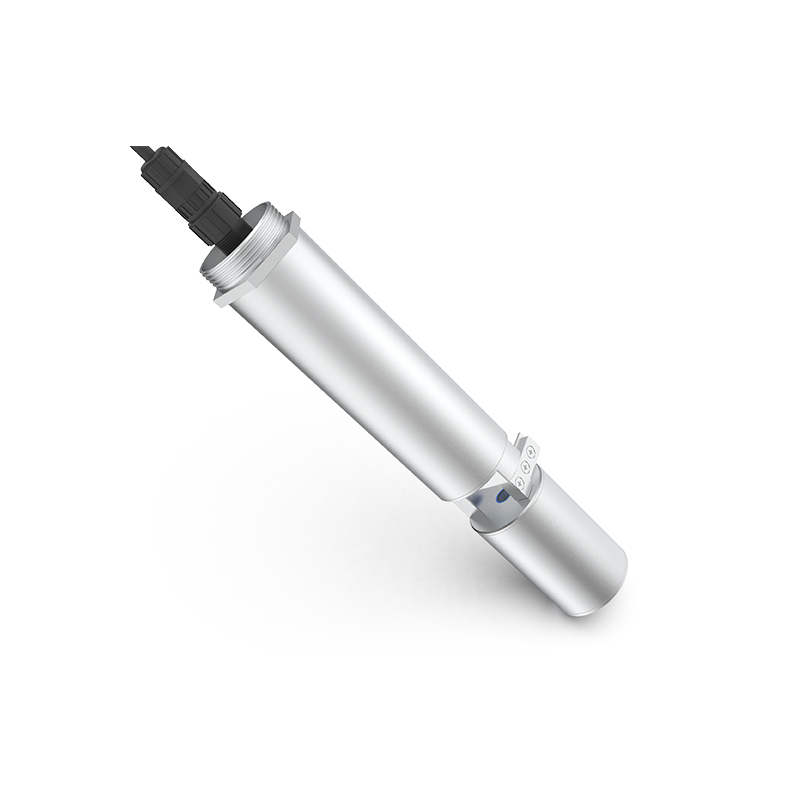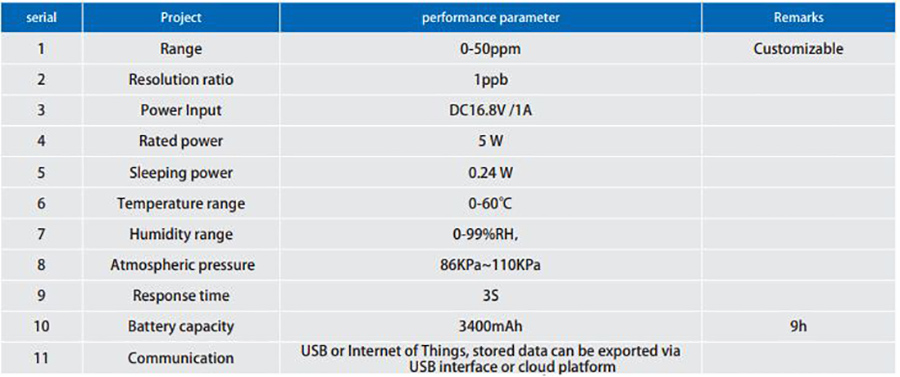When you purchase through links in our articles, we may earn a small commission. This doesn't affect our editorial independence.
Staying indoors will give you some protection from the smoke and other airborne pollutants outside, but don’t take your home’s indoor air quality for granted. Research shows that 96 percent of homes have at least one indoor air quality problem. An indoor air quality (IAQ) monitor will help you stay on top of that with real-time reporting on the levels of common pollutants and other air quality issues inside your home. Dust Monitoring Sensor

The culprit could be anything from excessive dust to high humidity to emissions from household cleaners or building materials. Without an IAQ monitor, these things can go undetected, even in the face of allergy-like symptoms or more dramatic health effects that can result from indoor pollutants. If you want an appliance that can do something about your indoor air quality, check out our top picks in smart air purifiers.
Housed in a white oblong case, the Airthings View Plus air quality monitor takes smart home multitasking to the limit. It not only has seven built-in monitoring sensors, but it can act as a hub to add many more, displaying the results on its interactive screen, on the Airthings app, or over a web-based interface. It’s one of the few indoor air quality monitors capable of detecting radon.
Davis Instruments is well known for its excellent weather stations, and its AirLink air quality monitor exhibits the same precision and expert reporting. This device is unique among the monitors we’ve reviewed in that it can measure particulate matter as small as 1 micron, and it can be deployed indoors or out. But it doesn’t measure other types of air pollution, such as carbon dioxide or VOCs.
The Airthings Wave Mini is a great entry-level indoor air quality monitor, and is a perfect complement to the Radon-detecting Airthings Wave Plus. It can also operate as a node in a network of air quality monitors, with the Aithings View Plus acting as the central hub.
Most IAQ monitors will alert you to unsafe levels via an indicator light and/or push notifications to your smartphone or tablet. Some indoor air quality monitors will also track outdoor air quality to provide context for your indoor readings. Measurements are typically displayed on a screen on the IAQ device itself as well as in a companion app on your mobile device.
Once warned, you can take action to reduce indoor pollutants—perhaps by opening some windows. Some monitors will even trigger other smart appliances—such as an air purifier, a fan, or a dehumidifier—to help improve indoor air quality. Ultimately, a good IAQ monitor should provide enough clues for you to investigate and eliminate the source of your air quality woes.
If our top picks don’t match your needs, this guide will help you understand the most common air pollutants, so you can find one that does. Most IAQ monitors currently available can’t monitor for all of these, so choose the ones that matter most to you.
PM level: Particulate matter, or PM, is a mix of particles and droplets in the air. PM varies in shape and size, but those of 10 micrometers in diameter and smaller can adversely affect your health because they can be inhaled. PM2.5 refers to fine particulate matter—that with a diameter of two-and-one-half microns. PM1 is particulate matter measuring 1 micron.
Sufficient exposure to PM2.5 can irritate the eyes, nose, throat, and lungs, leading to allergy-like symptoms and shortness of breath in otherwise healthy people. It can also exacerbate existing medical problems, such as asthma and heart disease. The World Health Organization considers PM2.5 the world’s single biggest environmental health risk.
Indoor PM2.5 levels can be influenced by outdoor sources like vehicle exhaust, wildfires, and power plant emissions. But many indoor activities produce PM2.5 as well: Cooking, burning fireplaces, and smoking are just a few common sources.
VOCs: The acronym stands for volatile organic compounds, gases emitted from a variety of materials that can have short- and long-term health effects. According to the Environmental Protection Agency, concentrations of many VOCs can be up to 10 times higher indoors than outdoors.
The Awair app gives you an air quality score and breaks down the temperature, humidity, and CO2 and “chemicals” levels.
Sources of VOCs include many common household products, including hairspray, cosmetics, cleaning fluids, disinfectants, paints, and varnishes. Burning fuels like wood and natural gas also produces VOCs.
Formaldehyde is one of the most common VOCs and can be found in many building materials, including plywood, glues, and insulation. Formaldehyde is also used in some drapes and furniture fabrics. You can read more about formaldehyde and its sources in this article from the U.S. Consumer Product Safety Commission.
Short-term exposure to the low levels of VOCs can cause throat irritation, nausea, fatigue, and other minor complaints. Long-term exposure to high concentrations of VOCs has been linked to more severe respiratory irritation as well as liver and kidney damage. Products can emit VOCs even when they’re in storage, though to a lesser extent than when they’re actively being used.
Carbon monoxide: By now, most people are aware of the deadly effects of high concentrations of this odorless, colorless gas. But exposure to lower levels, sometimes given off by fuel-burning appliances, can also cause adverse reactions, including confusion and memory loss.
A few air quality monitors claim they can detect these lower levels. The only reliable way to be alerted to this notoriously hard to identify killer, however, is with a standard carbon monoxide detector.
The Airthings Wave can report on the CO2 levels in your home as well as any detectable radon.
Radon: Radon is a naturally occurring colorless, odorless gas that is the leading cause of lung cancer in the United States after smoking, according to the EPA. As it’s a byproduct of the naturally occurring breakdown of uranium in soil, rocks, and water, it’s ubiquitous both indoors and out. Typically, indoor radon levels must be checked using charcoal-based kits and require you to test your levels for up to 90 days. You then need to ship the kit to a lab for analysis and wait for the results.
An indoor air quality monitor with a radon sensor can provide faster results by monitoring levels in real time. Currently, the Airthings Wave is the only monitor in our guide with this capability.
Carbon dioxide: While the effects of high levels of CO2 were long thought to be benign, research has found that concentrations as low as 1,000 ppm can affect people’s cognitive function and decision-making performance.
The greatest source of indoor CO2 is people themselves, as it’s a byproduct of our respiratory function. Coupled with poor ventilation, this commonly leads to high levels of CO2 in many homes. Fortunately, CO2 sensors can be found on most air quality monitors.
Temperature and humidity: These levels can affect more than your comfort. High temps and excessive humidity promote mold and mildew growth. These can cause structural damage to your home and cause allergy-like symptoms in those with sensitivities. Monitoring these levels can help you prevent home and health problems and tip you off to potential sources like foundation cracks or leaks and poor insulation.

Dust Concentration Measurement Instrument Detection Michael Ansaldo is veteran consumer and small-business technology journalist. He contributes regularly to TechHive and PCWorld.
